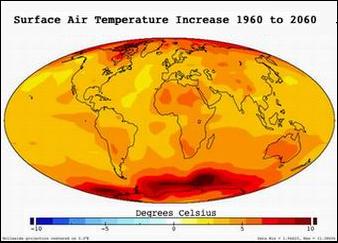
|
|

|
|
| April 26, 2024 |
|
Forests hold new evidence of global warming 
OLYMPIC RAIN FOREST--Old-growth forests in the Western United States appear to be losing ground to the regional effects of global warming.
That’s the conclusion a team of federal and university-based forest ecologists have reached after looking at long-term trends in patches of relatively pristine old-growth forests. The study sites range from northern Arizona and north central Colorado to the Olympic Peninsula and southern British Columbia. Over the past 50 years, trees large and small in these tracts, largely untouched by wildfires or beetle infestations, have been dying at an increasing rate. And the rate at which they are being replaced has not changed. If the trend continues, researchers say, forest age, average tree size, and carbon-storing capacity of these areas will gradually fall. After examining a range of possible causes for the region-wide pattern, the last ones standing are the West’s warming trend and warming’s effect on the amount of water these areas receive. Summer dry spells are longer. Snows melt earlier. More winter precipitation falls as rain, rather than snow, and the snow that falls has a lower water content than it once did. More trees are dying “Tree death rates have more than doubled in old-growth forests across the western United States” during the study period, says Phillip van Mantgem, an ecologist with the US Geological Survey’s Western Ecological Research Center in Three Rivers, Calif. The rising mortality rates spanned a range of elevations, species, and tree sizes, he continues. “If these trends continue, forests will grow sparser over time,” says Dr. van Mantgem. And while he acknowledges that the results come from a relatively limited number of one- to two-acre plots, “our results imply that these trends could be occurring on a much broader scale.” The team looked at data from 76 undisturbed patches of forest averaging some 450 years old. Some tracts were more than 1,000 years old. The study represents the most exhaustive yet for this geographic range of temperate forests, notes Andrew Sugden, a botanist and international managing editor for the journal Science, which published the results in Friday’s issue. (Source: Christian Science Monitor) Story Date: January 25, 2009
|